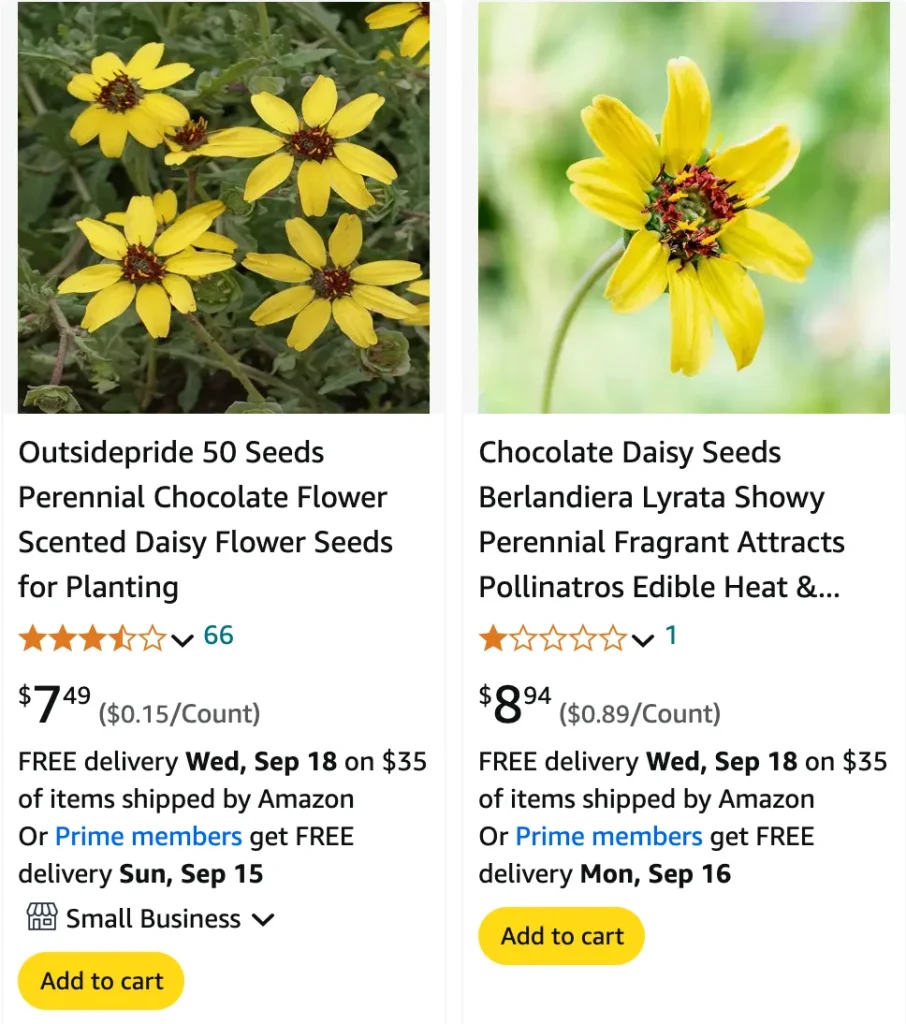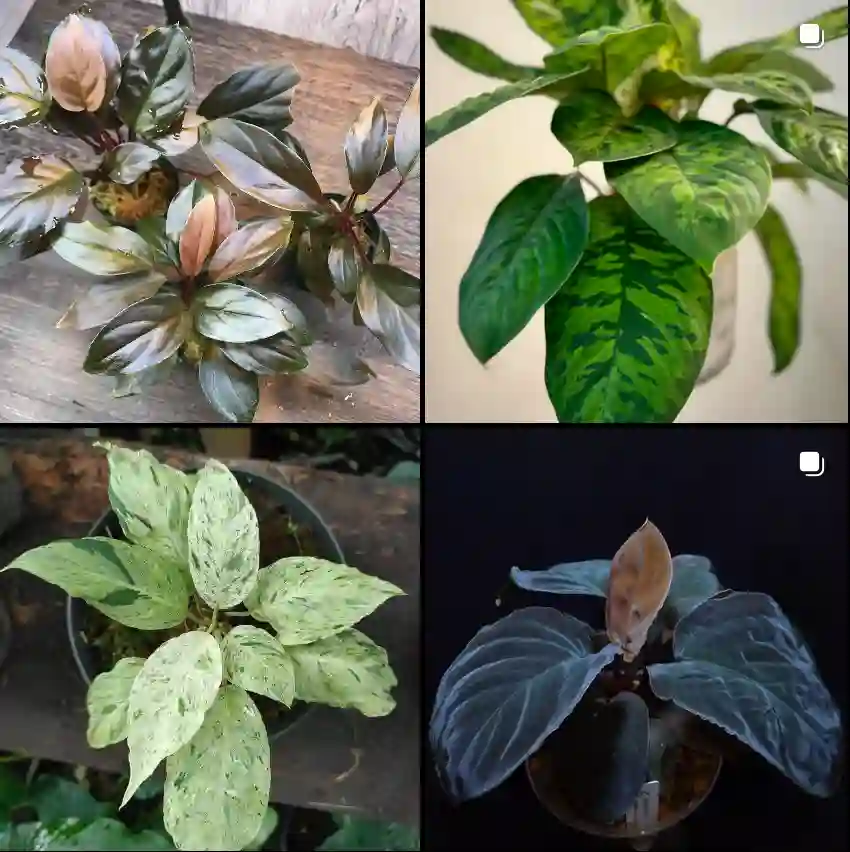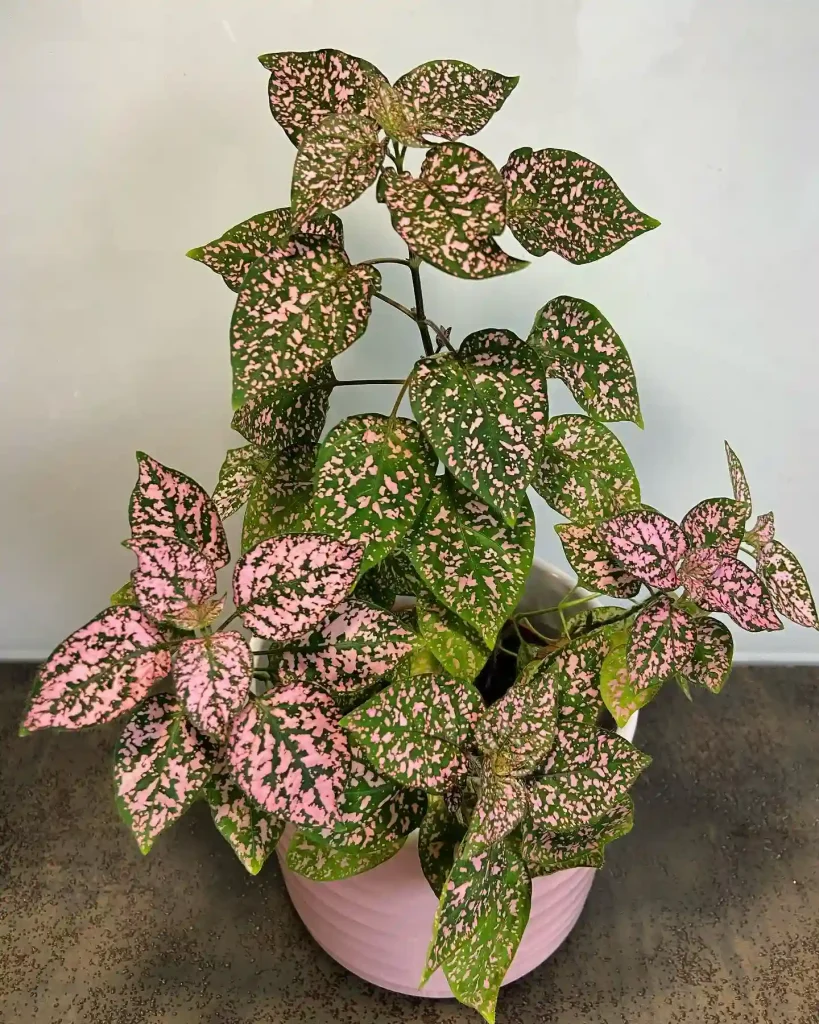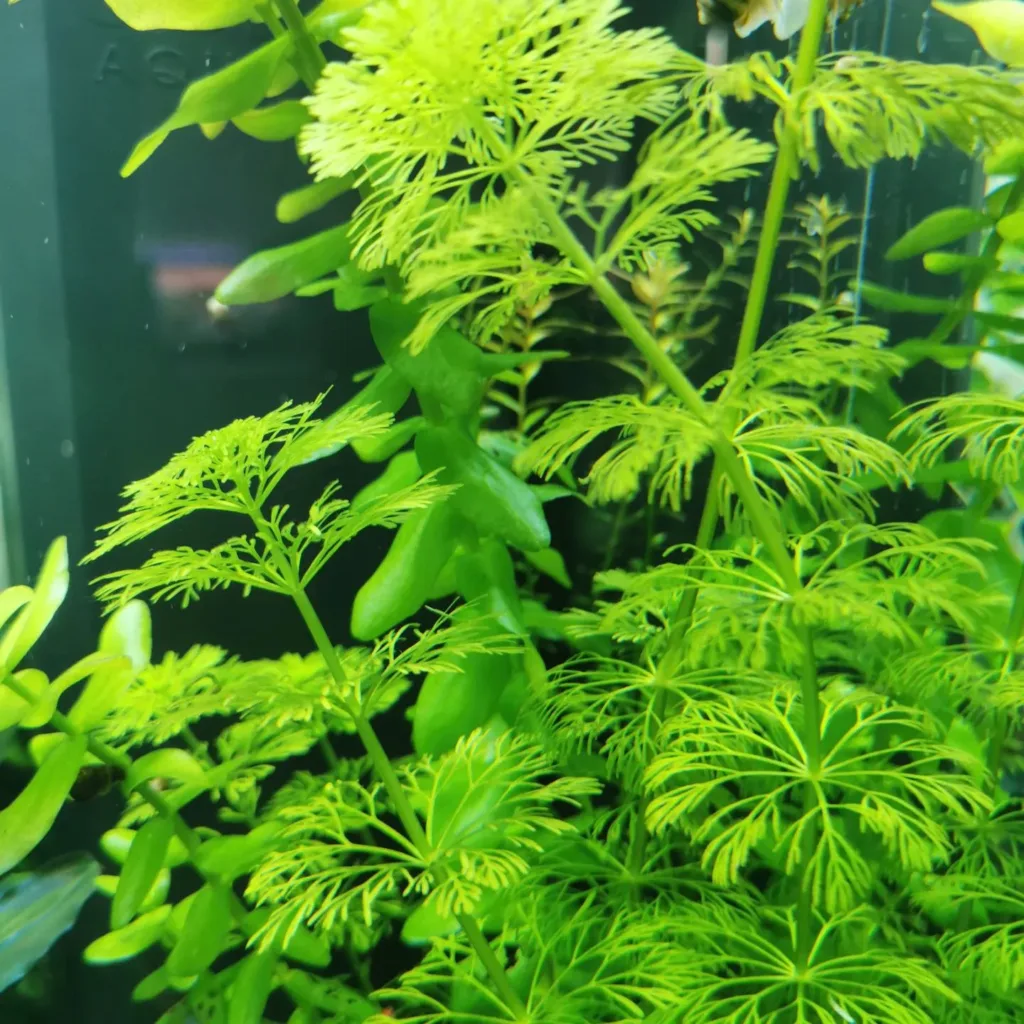
FAQs About Berlandiera Lyrata
When I first stumbled upon Berlandiera Lyrata, commonly known as the Lyreleaf Greeneyes, I was fascinated by this resilient and charming plant. If you’re new to it or considering adding it to your garden, you might have several questions. Here’s a comprehensive guide based on my experiences and research.
How Tall Do Berlandiera Lyrata Plants Get?
Berlandiera Lyrata is a relatively compact plant, making it a great choice for various garden spaces. Typically, these plants reach a height of about 12 to 18 inches (30 to 45 cm). The foliage is low-growing, and the plants have a spreading habit. While not very tall, the unique shape of the leaves and the bright yellow flowers they produce make them stand out in any garden.
When Does Berlandiera Lyrata Bloom in New Mexico?
In New Mexico, Berlandiera Lyrata usually starts blooming in late spring and continues through the summer, often until the first frost. The blooming period can vary slightly depending on local climate conditions, but generally, you can expect a vibrant display of yellow flowers from May to September. These blooms are not just visually appealing but also attract pollinators like bees and butterflies.
How to Care for Berlandiera Lyrata?
Caring for Berlandiera Lyrata is quite straightforward, making it a perfect plant for both novice and experienced gardeners. Here’s what I’ve learned:
- Sunlight: These plants thrive in full sun to partial shade. In hotter climates, providing some afternoon shade can prevent the foliage from scorching.
- Soil: They prefer well-drained soil. Sandy or loamy soils are ideal. If your soil retains too much moisture, consider amending it with sand or perlite to improve drainage.
- Watering: Berlandiera Lyrata is drought-tolerant once established. Regular watering is necessary during the growing season, but be careful not to overwater. Allow the soil to dry out between waterings.
- Fertilizing: These plants don’t require heavy feeding. A light application of a balanced fertilizer in the spring can boost growth and flowering.
- Pruning: Deadhead the spent flowers to encourage more blooms and maintain a tidy appearance. In late fall, you can cut back the plant to ground level to prepare it for the next growing season.
How to Propagate Berlandiera Lyrata?
Propagating Berlandiera Lyrata is quite simple. Here’s how you can do it:
- Seed Propagation: Collect seeds from mature plants once the flower heads have dried out. Sow the seeds in a well-draining soil mix. Keep them in a warm, sunny spot. Germination usually occurs within a couple of weeks.
- Division: You can also propagate by dividing the plant. In early spring or fall, dig up the plant and divide it into smaller sections, each with roots and shoots. Replant these sections in well-draining soil.
What to Plant With Berlandiera Lyrata?
Berlandiera Lyrata pairs well with other drought-tolerant and low-maintenance plants. Consider planting it alongside:
- Salvia: Their similar growing conditions and contrasting flower colors complement each other.
- Echinacea: Both attract pollinators and have a similar blooming period.
- Sedum: Their succulent foliage provides a nice contrast to the delicate leaves of Berlandiera.
Can You Grow Berlandiera Lyrata Indoors?
While Berlandiera Lyrata is primarily grown outdoors, it can be grown indoors with the right conditions. Ensure it receives plenty of sunlight, either from a south-facing window or a grow light. Use a well-draining potting mix and be mindful of humidity levels. Keep in mind that the plant might not bloom as prolifically indoors compared to its outdoor performance.
Is Berlandiera Lyrata Toxic?
One of the benefits of Berlandiera Lyrata is that it is non-toxic to pets and humans. This makes it a safe choice for gardens where children and animals play. However, as with all plants, it’s best to prevent pets from chewing on them.
Benefits of Berlandiera Lyrata
Beyond its beauty, Berlandiera Lyrata offers several benefits:
- Attracts Pollinators: Its bright flowers attract bees, butterflies, and other beneficial insects.
- Drought-Tolerant: It’s ideal for xeriscaping and low-water gardens.
- Low Maintenance: Its hardy nature means minimal care once established.
Common Problems
While Berlandiera Lyrata is generally trouble-free, it can face a few issues:
- Overwatering: Can lead to root rot. Ensure the soil drains well.
- Pests: Occasionally, you might encounter aphids or spider mites. Regular inspection and appropriate insecticidal soap can help manage these pests.
Comparing Berlandiera Lyrata with Similar Plants
Berlandiera Lyrata is often compared to plants like Coreopsis and Gaillardia. While they share some similarities in appearance and growing conditions, Berlandiera Lyrata’s distinctive greenish-yellow flowers and its specific care requirements set it apart. Unlike Coreopsis and Gaillardia, Berlandiera Lyrata offers a unique foliage structure that can add variety to your garden.
I hope this guide helps you get to know Berlandiera Lyrata better. Whether you’re adding it to your garden or considering it for an indoor setup, this plant’s beauty and low maintenance make it a worthwhile choice.
If i die, water my plants!



